SU-27 Naval Mode (917th Separate Mixed Aviation Regiment)
Intro
I again decided to build anything else acept ground vehicle and try something new to build. Actually I am not fan of planes , but about tanks or other military vehicle. By the way, this plane has already been built 2 days earlier , but I didnt really think that it was a great idea to post , so , I ve changed something and made it a bit realistic , so I hope you will enjoy it
Characteristics
Cruising speed - 1280 km/h
Top speed - 1500 km/h
Top height - 20 km (gets to 15 000 m for a 1 minute if you fly at 90 degrees angle)
Fuel - 5000 L (about 30 minutes of flight in real time)
Max distance - from Wright airport to Avalanche and back to Wright
Maximum number of weapons that can be placed - 12 (2 is free)
full turn time - about 12-15 seconds
- Able to use parachute to shorten landing time
- Working flaps (Trim down)
- Able to do air cobra trick (approved by myself)
- Countermeasures
Weapons
All weapons are only to fight against ships
8 shortdistanted rockets inferno
1 longdistanted rocket
30 mm gun
Blueprint

Some facts (if you are interested)
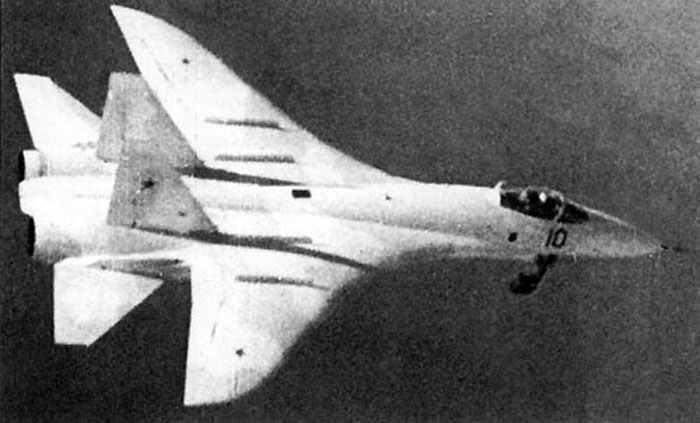
“For the sake of this plane, it was worth becoming a pilot!”
The first prototype of the Su-27 aircraft (under the name T-10-1) took off on May 20, 1977. At the helm is the honored test pilot Vladimir Ilyushin, son of the famous aircraft designer Sergei Ilyushin.
After a successful flight, Vladimir Sergeevich highly appreciated the new car. Later, in an interview, he admits: “When I tore the wheels of this car off the concrete, lifting it into the air for the first time, I realized: this plane can do more than a pilot can. And in order to use all its excellent features, you need to improve yourself, that this is the aircraft that you can expect all your life. For the sake of this plane, it was worth becoming a pilot!
Vladimir Ilyushin prophesied the Su-27 "a long and glorious life", and in this "twenty-seventh" did not disappoint: "In the future, all its modifications will delight and surprise everyone, even those who should be afraid of them."
Record holder among "sushka"
In total, 70 records were set on Su aircraft, some of which have not been broken so far. The Su-27 fighter is the most important record holder among the dryers. It accounts for the largest number of achievements - 51.
Even at the very beginning of its career, the Su-27 carried out several high-speed climb records at once. In October 1986, test pilot Viktor Pugachev on a P-42 modification set a world record for climbing to a height of 3000 meters - 25.4 seconds. Just a couple of weeks later, he reached 6000 meters in 37 seconds, 9000 meters in 47 seconds, 12,000 meters in 58 seconds. In March 1987, pilot Nikolai Sadovnikov raised the Su-27 to a height of 15,000 meters in 76 seconds.
Master of aerobatics
Some famous aerobatic maneuvers were first performed on the Su-27 and were named after our pilots. It all started in 1989 at the Le Bourget air show, where Viktor Pugachev first demonstrated "dynamic braking" in the sky, which was later nicknamed "Pugachev's Cobra". Later, "Frolov's Chakra" appeared, first performed by test pilot Evgeny Frolov on the Su-37, an advanced version of the Su-27M.
Aerobatics in Russian - legendary elements named after our pilots
Su-27 aircraft have repeatedly surprised the audience of the world's air shows - since 1991, pilots of the Russian Air Force aerobatic team "Russian Knights" have performed on them.
High maneuverability, the performance of the most complex aerobatics became possible thanks to the electric remote control system (EDSU). The Su-27 became the first domestic fighter to have such a system on board.
Winged Titan
When creating the Su-27, composite materials were not used, but 30% of the airframe and consoles are made of titanium.
It can be argued that titanium is used in any domestic aircraft. For many years, VSMPO-AVISMA Corporation has been its main supplier for the country's aerospace complex. In the 1970-1980s, the enterprise took an active part in almost any project in the aerospace industry. It was then, together with specialists from the All-Russian Institute of Light Alloys (VILS), the All-Russian Institute of Aviation Materials (VIAM), aircraft designers, that products based on titanium alloys were created for the airframes and landing gear of the Su-27 fighter.
New family and Chinese "relative"
The Su-27 project turned out to be so successful that it was used for the further development of Russian fighter aircraft. The super-maneuverable Su-37, the multipurpose Su-30, as well as the multifunctional Su-35 fighter and the Su-34 fighter-bomber were developed on the basis of the "twenty-seventh", which, in terms of their characteristics, came close to fifth-generation aircraft.
Su-27 was in demand all over the world
Since 1991, export modifications have been made - the Su-27SK and Su-27UBK, and since 1998, licensed production of the Su-27SK under the designation F / J-11 began in China. Chinese experts independently engaged in the development of the basic model. The modified J-11 became one of the main front-line fighters of the Chinese Air Force for many years.
At the same time, the Chinese continued to acquire more modern versions of the Su-27 from Russia. So, in 1999, a two-seat Su-30MKK fighter was developed specifically for China. This model, as well as the J-11B modification, served as the basis for the new Chinese J-16 fighter, which has been produced since 2012.
Notes from author
the signature of the instruments inside the cockpit is exclusively in Russian
it is able for VR manipulating
Take off is really careful and soft even if you dont manipulate plane
Dont try to shoot accurately on a high speed with a gun , its absolutely impossible to aim
Aim is handmade
Screenshots



Specifications
General Characteristics
- Created On Windows
- Wingspan 33.8ft (10.3m)
- Length 54.7ft (16.7m)
- Height 15.0ft (4.6m)
- Empty Weight 21,630lbs (9,811kg)
- Loaded Weight 31,118lbs (14,115kg)
Performance
- Power/Weight Ratio 5.849
- Wing Loading 80.4lbs/ft2 (392.8kg/m2)
- Wing Area 386.8ft2 (35.9m2)
- Drag Points 9860
Parts
- Number of Parts 178
- Control Surfaces 8
- Performance Cost 864

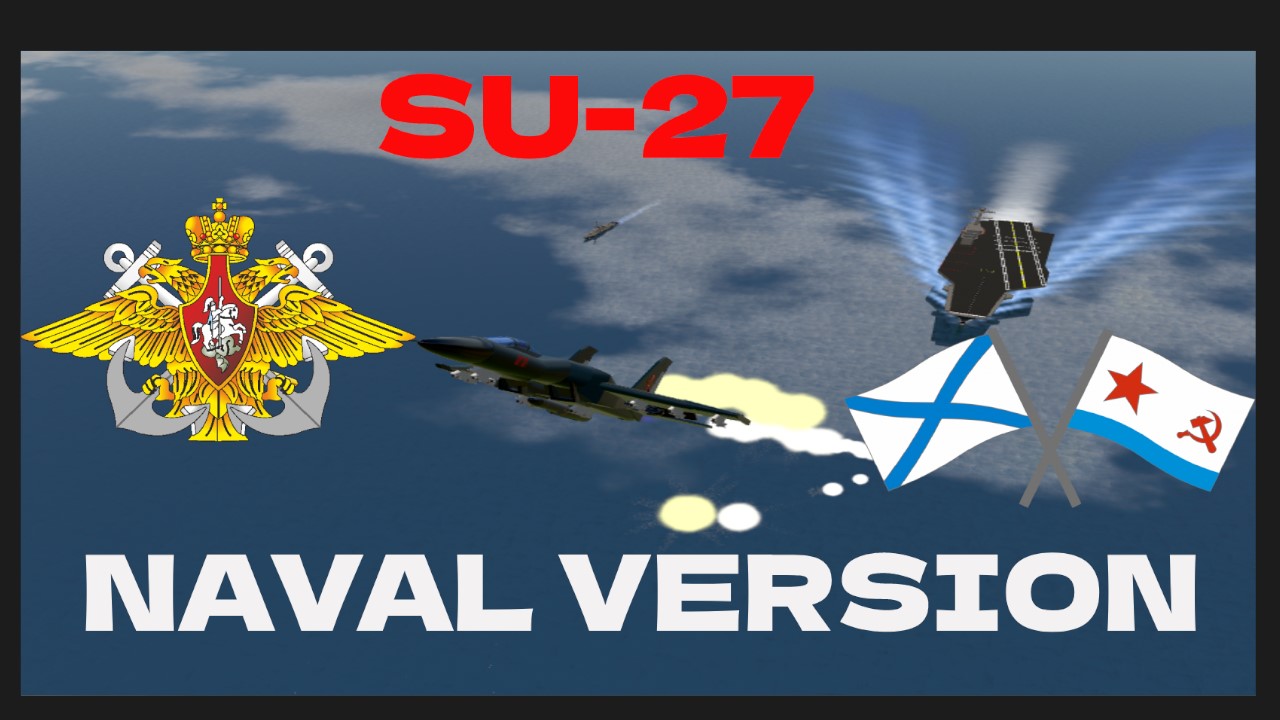
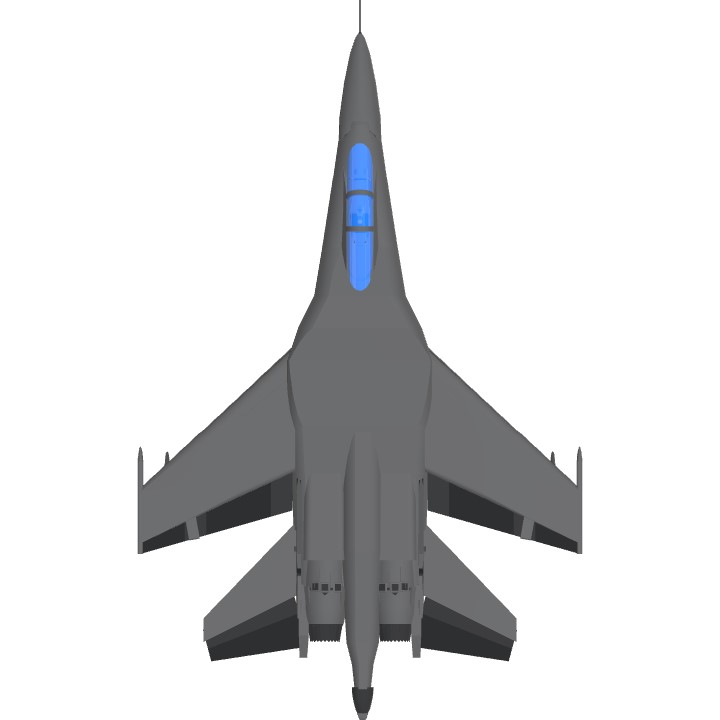
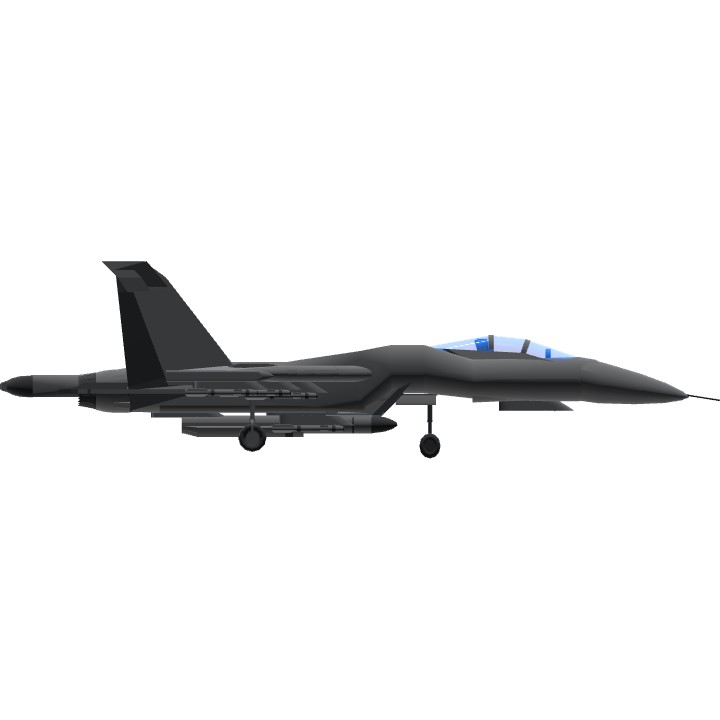
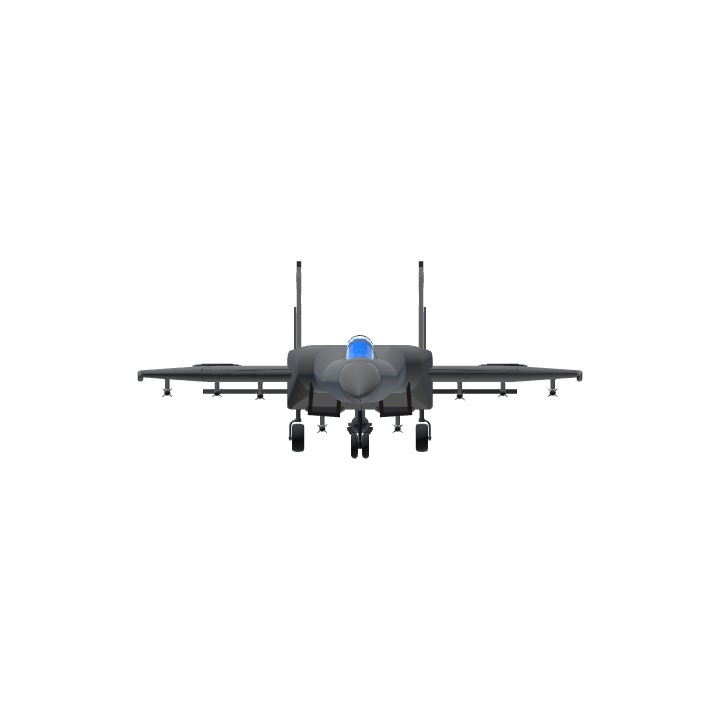
@Bugati87 English please
It is the modern fighter that I like the most. I hate politics